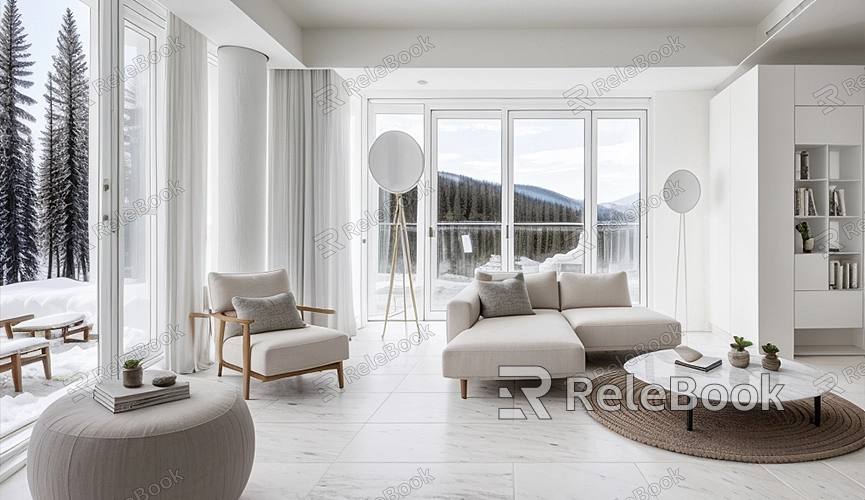How do iget mesurments to render in blender
In the realm of Blender rendering, effectively displaying and rendering measurement data is a highly useful skill. This article provides a detailed guide on achieving this process in Blender, along with steps and techniques to help you maximize these capabilities.
What is Measurement Data Rendering?
Measurement data rendering involves displaying and presenting actual dimensions, lengths, or other relevant data within a 3D model. This is crucial for fields like architecture, engineering, product design, and more, allowing for an intuitive showcase of the model's real-world scale and proportions, aiding designers and clients in better understanding and evaluating design concepts.

Step One: Preparation
Before implementing measurement data rendering in Blender, there are preparatory steps to take:
1. Import or Create Models: Ensure you have a model ready for measurement data rendering. This can be imported from external files or created directly within Blender.
2. Install Plugins (Optional): Some plugins simplify displaying and managing measurement data, such as the MeasureIt plugin. You can choose to install and use these plugins based on your needs.
Step Two: Displaying Measurement Data
The primary method to display and render measurement data in Blender is through the MeasureIt plugin. Below are steps to display measurement data using the MeasureIt plugin:
1. Install MeasureIt Plugin: If you haven't installed the MeasureIt plugin yet, you can do so through Blender's plugin manager or download it from the official website.
2. Enable MeasureIt: Once installed, enable the MeasureIt plugin in Blender's preferences. Upon activation, you'll see MeasureIt's relevant tools and options within Blender.
3. Draw Measurement Lines: In the 3D view, use MeasureIt toolbar tools (such as Measure Line, Measure Panel, etc.) to draw the measurement data you wish to display. You can select different measurement types and styles to suit your needs.
4. Adjust Parameters: After drawing measurement lines, adjust parameters such as line style, thickness, color, etc., to ensure clarity in the rendered image.
Step Three: Preview and Adjust
1. Preview Rendering Effect: Use the shortcut Shift+Z or switch to Rendered View in the 3D view to preview how measurement data renders. Ensure the measurement data displays correctly and meets your requirements.
2. Adjust Camera and Lighting: Before rendering, ensure your camera position and lighting setup effectively showcase the measurement data, crucial for achieving the desired rendering outcome.
Step Four: Final Rendering and Export
1. Set Rendering Parameters: In Blender's render settings, confirm settings for image or video output format, resolution, frame rate, etc.
2. Start Rendering: Click the render button to initiate rendering. Blender will render frame by frame according to your settings, ensuring clear visibility of measurement data.
3. Export Rendered Results: After rendering completes, you can choose "Image" -> "Save Image" or "Animation" -> "Export as Video" to save your rendered results.
Tips and Techniques
- Precise Measurements: When drawing measurement lines, ensure precise dimensions and positions for accurate representation of actual measurement data.
- Variety in Display: Depending on requirements, utilize different measurement types and styles to showcase different parts and dimensions of the model.
- Use High-Quality Plugins and Resources: For advanced measurement and display capabilities, consider using other high-level plugins or download high-quality 3D textures and HDRI resources from Relebook.
By following the steps outlined in this article, you should now have a grasp of the basic methods and techniques to render measurement data in Blender. Whether you're a novice or experienced user, these steps will help you leverage Blender's capabilities to effectively showcase and present your model's actual dimensions and proportions. For those needing high-quality 3D textures, HDRI environments, or downloadable 3D models for their modeling and virtual scene creation, Relebook provides seamless resources that integrate into Blender projects. We hope this article has been instrumental in enhancing your ability to achieve compelling measurement data rendering effects in Blender.

